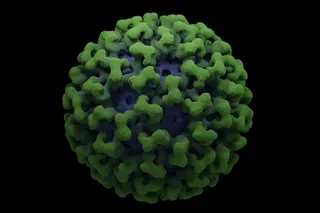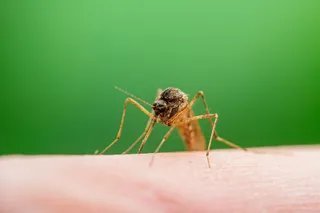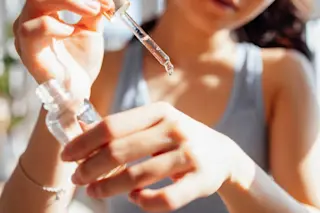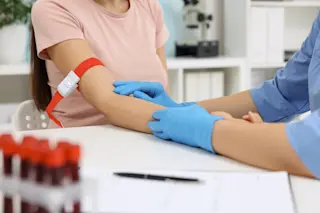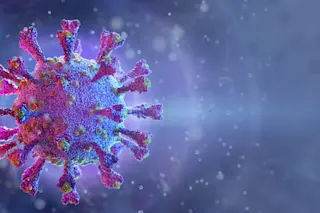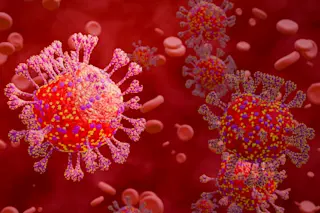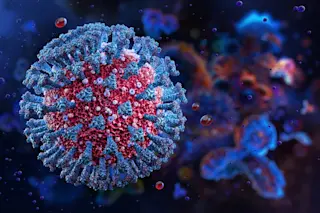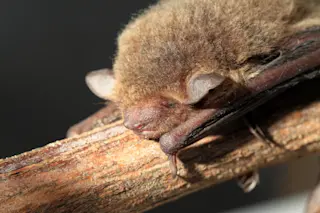These wee green kittens not only glow, they're resistant to the feline version of HIV.
Scientists exploring possible treatments for HIV have, purely as a byproduct of their methods, earned themselves a spot in today's science blog postings: They've made glowing kittens
. When these green kitties were still twinkles in their parents' eyes, scientists investigating a macaque gene thought to protect monkeys against feline immunodeficiency virus (FIV) inserted it into cat eggs with a lab-grown virus, intending to test whether cats carrying the gene were resistant to FIV as well. Researchers are interested in seeing how the macaque gene guards against FIV, which is the feline version of HIV, in hopes of transferring their insights to combating HIV. But here's where things get wacky: The team also included in the virus a jellyfish gene that makes a glowing green protein, to act as a signal. The virus does not ...


